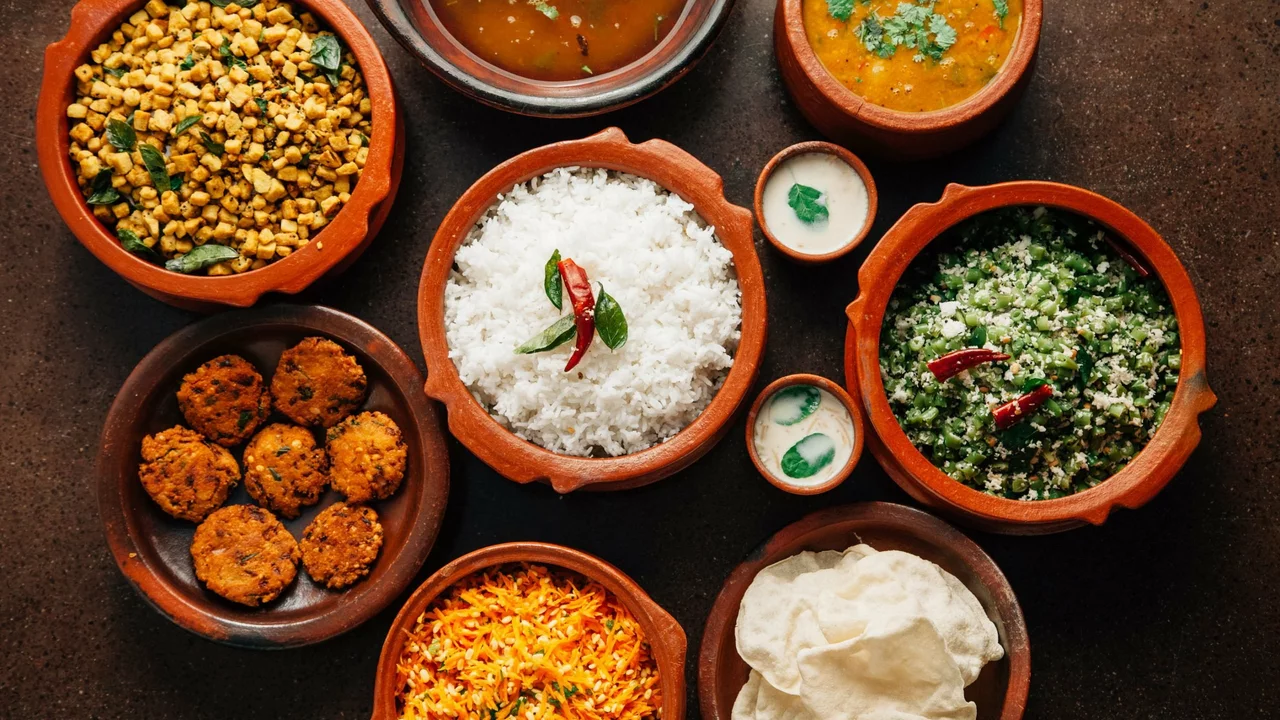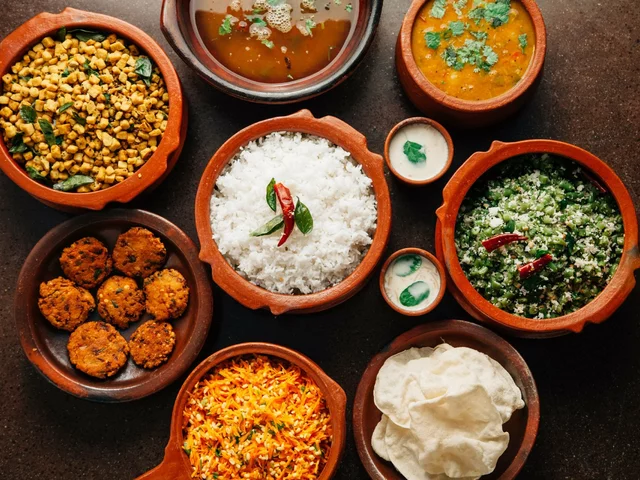Demystifying Indian Cuisine
Indian cuisine, abundant in vibrant colors, spices, flavors, and methods has often been painted with a broad, complicated stroke that leaves many casual cooks wary of dipping their toes into its rich, culinary waters. Let's scrap all that today. As they say, the journey of a thousand miles begins with a single step (or in our case, a single spice)! Let's navigate our way around the enigma that is Indian cooking, and bring some delicious Indian dishes to our Australian tables.
A Brief Introduction to Indian Spices
The heart and soul of Indian cuisine lie, undoubtedly, in its vast array of spices, each possessing a unique character, and collectively creating a symphony of tastes on your tongue. While this may sound like a dauntingly vast world, fear not! All you need to start are some basic spices — turmeric, cumin, coriander, and garam masala. With these in your pantry, and perhaps some personal bravura, you'll start turning out Indian dishes that would put any takeaway to shame! Interesting fact: turmeric is a potent antioxidant and has anti-inflammatory properties.
Curating Your Indian Pantry
Next to spices, we have the staple foods of an Indian pantry. The big three that are present in almost every Indian household are rice, lentils (also known as daal), and flour. Atta or whole wheat flour, used for making a plethora of bread that accompanies the dishes, and a variety of lentils, each with a unique taste and texture. Now, stocking aloe vera isn't necessary, but a fun fact is that in traditional Indian households it is used as a quick fix for burns – a common occupational hazard of the Indian kitchen!
Saunter into the World of Curry
Can you classify Indian dishes into neat compartments? Not quite. But curries undoubtedly form a large part of the Indian menu. There's a world of curries beyond butter chicken and tikka masala (although no one's denying their deliciousness!), each with a personality of its own. A basic Indian curry features onions, garlic, ginger, spices, and the hero ingredient (vegetables, chicken, lentils and so much more). Master this base, and you’re already three-quarters through your Indian cooking journey.
Daal, the Humble Heart-warmer
Often considered comfort food, daal is a mainstay of routine Indian meals. It's easy to prepare, requires minimal ingredients but brims with nutrition and flavors. The core components of a daal recipe are lentils (choose from red lentils, pigeon peas, black lentils!), tomatoes, onions, garlic, and your magic Indian spices. A fun tip: adding a dollop of ghee on a steaming hot bowl of daal can turn a humble bowl into a royal treat!
The Art of Indian Bread Making
Complementing curries and daals, creating the perfect balance are Indian bread. No, it's not just naan! Roti, paratha, poori, bhatura – the variety is just as expansive as the country itself. While bread-making techniques vary, the Indian bread on the daily menu, roti, is simple to make, needing nothing more than whole wheat flour, water, and a little elbow grease! My grandmother used to say that the secret to soft rotis is indeed in the kneading - extended and well-kneaded dough ensures soft, fluffy rotis.
Mango Lassi, India’s Summer Soother
Ending on a sweet note, let’s talk desserts and drinks. Mango lassi, a traditional Indian beverage, perfect for those hot summer days, is a youthful blend of mango pulp, yogurt, and a bit of sugar. It’s surprisingly light, despite its creamy texture, and is a brilliant cooking hack to impress your guests with minimal effort. A personal story here, last summer amidst lockdown, with travel impossible, a glass of chilled mango lassi on my Melbourne balcony was my way of traveling to the bustling streets of Mumbai!
Alright, folks, let's wrap this savory chat up. Remember, cooking is an art, not an exact science. It's okay to modify dishes to your palate or try improvisations. So, here's Lysander signing off, leaving you all with a thought – the joy of well-cooked meal is an unmatched pleasure, especially so when you’re the artist behind it. A good luck, or as Indians say, ‘Bon Aappetit!’.

